
Keep up to date with our innovative initiatives.
Sign up here
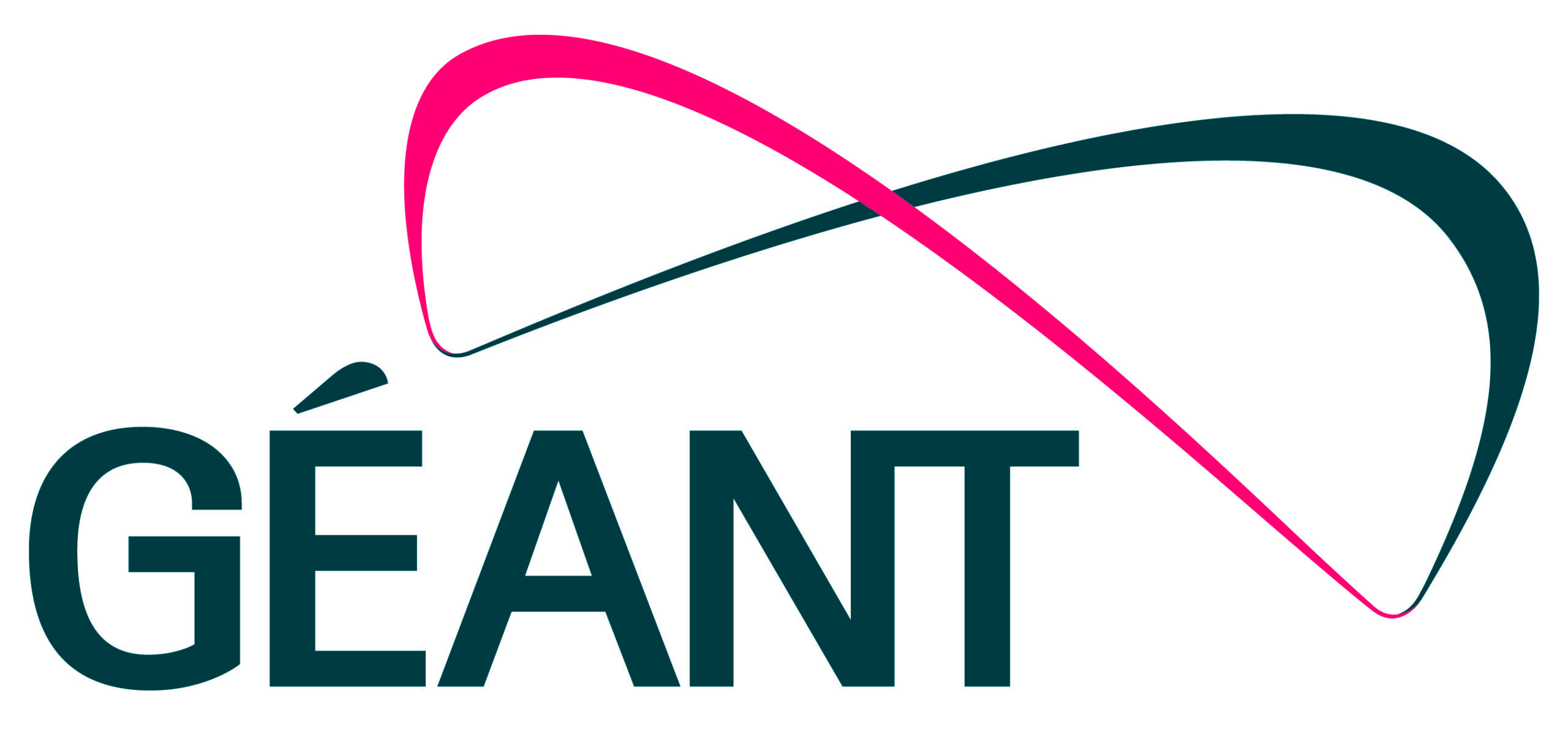
Started at: 01-01-2025
Ends on: 30-06-2027
Budget: € 80 000 000
Areas: Software Networks (SN), Software Engineering Group (SEG) and Space Communications (SC)
GN5-2 is the latest phase of a long-running project that supports Europe’s research and education communities for nearly 30 years in close collaboration with the European Commission. The 30-month project, which officially started on January 1, 2025, is funded under the GN5-FPA, the 72-month strategic framework within Horizon Europe – the EU’s key funding programme for research and innovation.
GN5-2 will deliver faster, more resilient, and secure connectivity infrastructure alongside enhanced collaboration services. This includes the procurement of new above-the-net services, the development of innovative trust and identity infrastructure, and support for Open Science. The project will also strengthen network security through a federated approach and foster international collaborations to enhance Europe’s sustainable connectivity with other world regions.
By addressing Horizon Europe’s priorities in areas such as data security, access control, innovation, and inclusion, GN5-2 will expand NREN services beyond traditional research communities. It will facilitate networking and access to common European data spaces while preparing for emerging technologies, such as sensing applications, Quantum, and Time and Frequency distribution.
i2CAT participates in this project through RedIRIS, the Spanish academic and research network. The research centre contributes to work packages 6 (Network Development) and 7 (Network Infrastructure and Service Evolution and Operations).
The objective of WP6 is to undertake technology evaluation and development in the areas of network infrastructure, services, and monitoring, as well as to sustainably provide production network support services developed in GÉANT projects and those provided by project partners. Supporting and relying on NRENs’ collaboration, WP6 will work towards the continued evolution of the GÉANT community’s network infrastructures by defining, developing, and implementing. i2CAT contributes to advancing GÉANT production services by researching over innovative topics, such as network architectures to improve Orchestration, Automation and Virtualisation (OAV) adoption and the GÉANT’s network strategy. It also contributes to the applications of Quantum Technologies, such as quantum-resistant security and Quantum Key Distribution (QKD); and continuously delivers learning resources on related topics (e.g. QKD protocols, simulation tools, etc) to keep the community up to date.
The focus of WP7 is to leverage the recent advancements and successes to further enhance and develop the GÉANT network infrastructure and services. The completion of the GN4-3N project and the expansion of GÉANT’s fibre footprint and optical network to the edges of Europe mark a significant milestone. These achievements enable GÉANT to offer 100 Gbps connectivity to all National Research and Education Networks (NRENs) within the expanded fibre footprint, thereby addressing the network capacity needs for the foreseeable future. i2CAT helps integrate OAV and cloud techniques into existing GÉANT production services to reduce operator’s effort and end-user satisfaction; as well as to the elicitation and implementation of new production services that offer the research and education community latest tools in network simulation and planning.
The primary purpose of the proposed GN5-2 project is to ensure the continuity and enhancement of the European Communication Commons. This infrastructure, which includes the pan-European backbone, its intercontinental connections, and the network infrastructures of all National Research and Education Networks (NRENs), is a key component for research and education. By improving speed, capacity, and security, the project aims to help European researchers and educators increase their geographical reach, easily access well-tested logic to incorporate in centres all across Europe and manage large volumes of data. This work aligns with the goals of Horizon Europe and supports major European Commission initiatives in areas like High Performance Computing, security, quantum technologies, and Open Science, where specialized, high-speed networks and trusted services are essential.
The project also seeks to bolster the broader societal ambitions of Horizon Europe by contributing to the United Nations Sustainable Development Goals (SDGs). Building on recommendations from the previous GN5-1 project, the GN5-2 project will work to support specific SDGs such as Quality Education (SDG4), Gender Equality (SDG5), Industry, Innovation and Infrastructure (SDG9), and Climate Action (SDG13). The project will also uphold the European Commission’s digital values, including European digital rights and principles. This focus on sustainability and ethical values demonstrates the project’s commitment to being a positive force for social good, benefiting research and education in Europe and beyond.
Ultimately, the outcomes of the GN5-2 project keep Europe at the forefront of global research and education. By providing reliable, secure, and high-bandwidth connectivity and a large catalogue of collaboration services, the project enables users to access and share data and collaborate on an unprecedented scale. This all facilitates the interconnection of many European research and education infrastructures and their collaboration, the creation of common data spaces, to foster international partnerships, improve and promote European talent and knowledge and reduce external technological dependency. The project’s services in networking, security, and trust and identity will empower users to effectively navigate the evolving digital landscape and make the best use of available resources.
“Funded by the European Union. Views and opinions expressed are however those of the author(s) only and do not necessarily reflect those of the European Union. Neither the European Union nor the granting authority can be held responsible for them.”
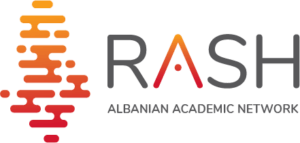






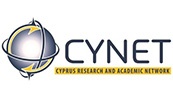
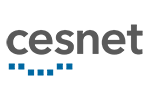



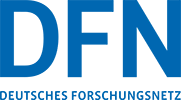



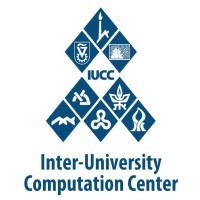
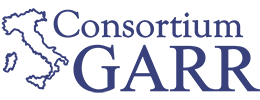


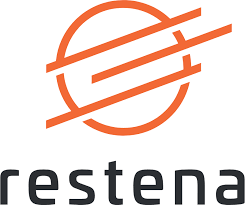


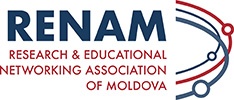
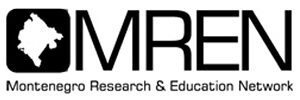





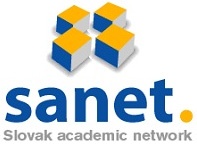
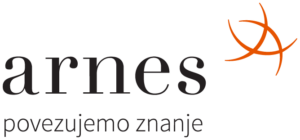
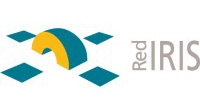

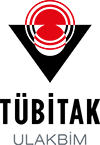
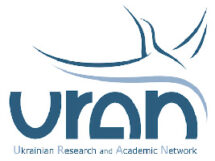
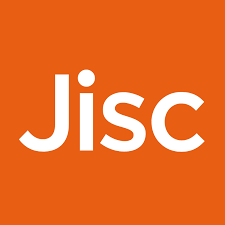


GN5-2 is funded by the European Union Framework Programme for Research and Innovation Horizon Europe under grant agreement 101194278